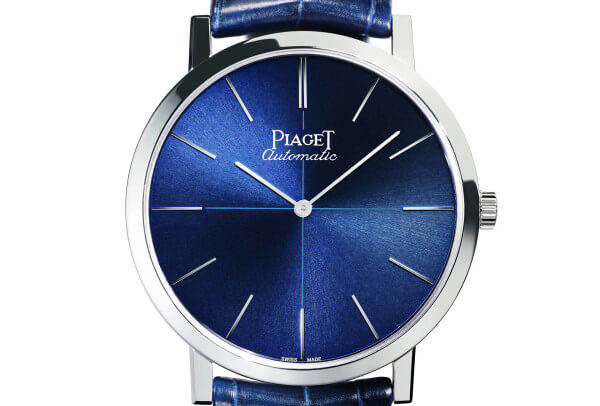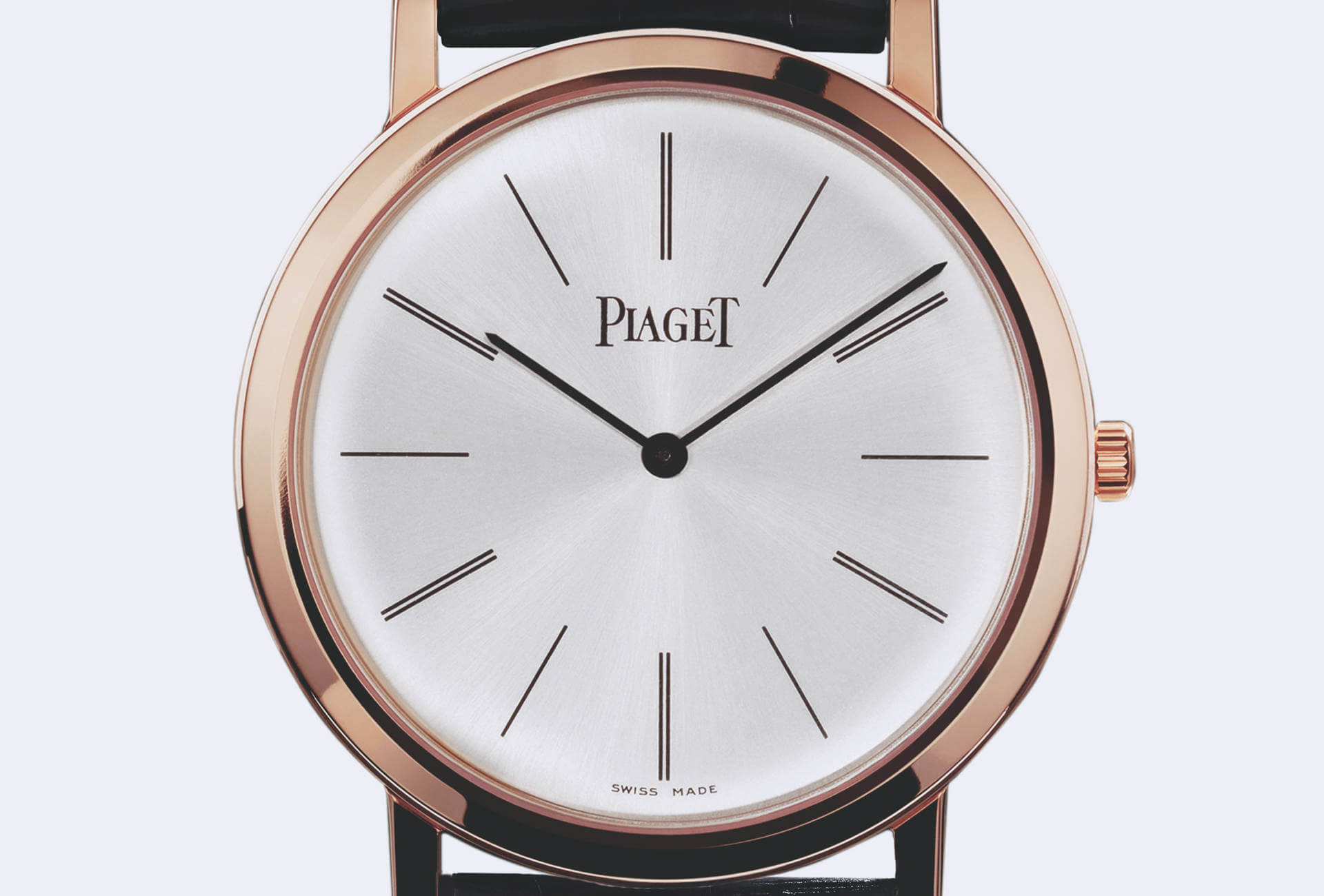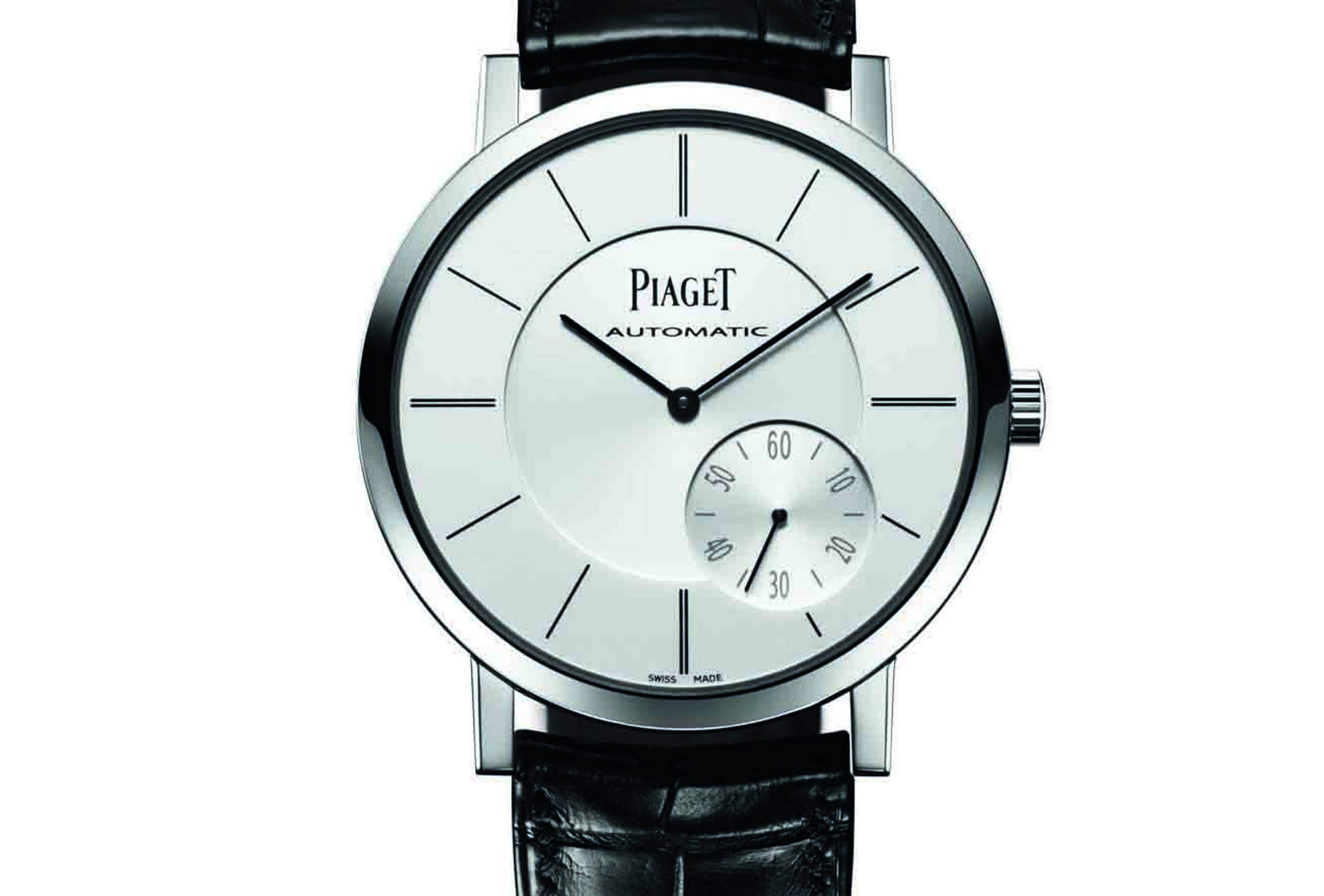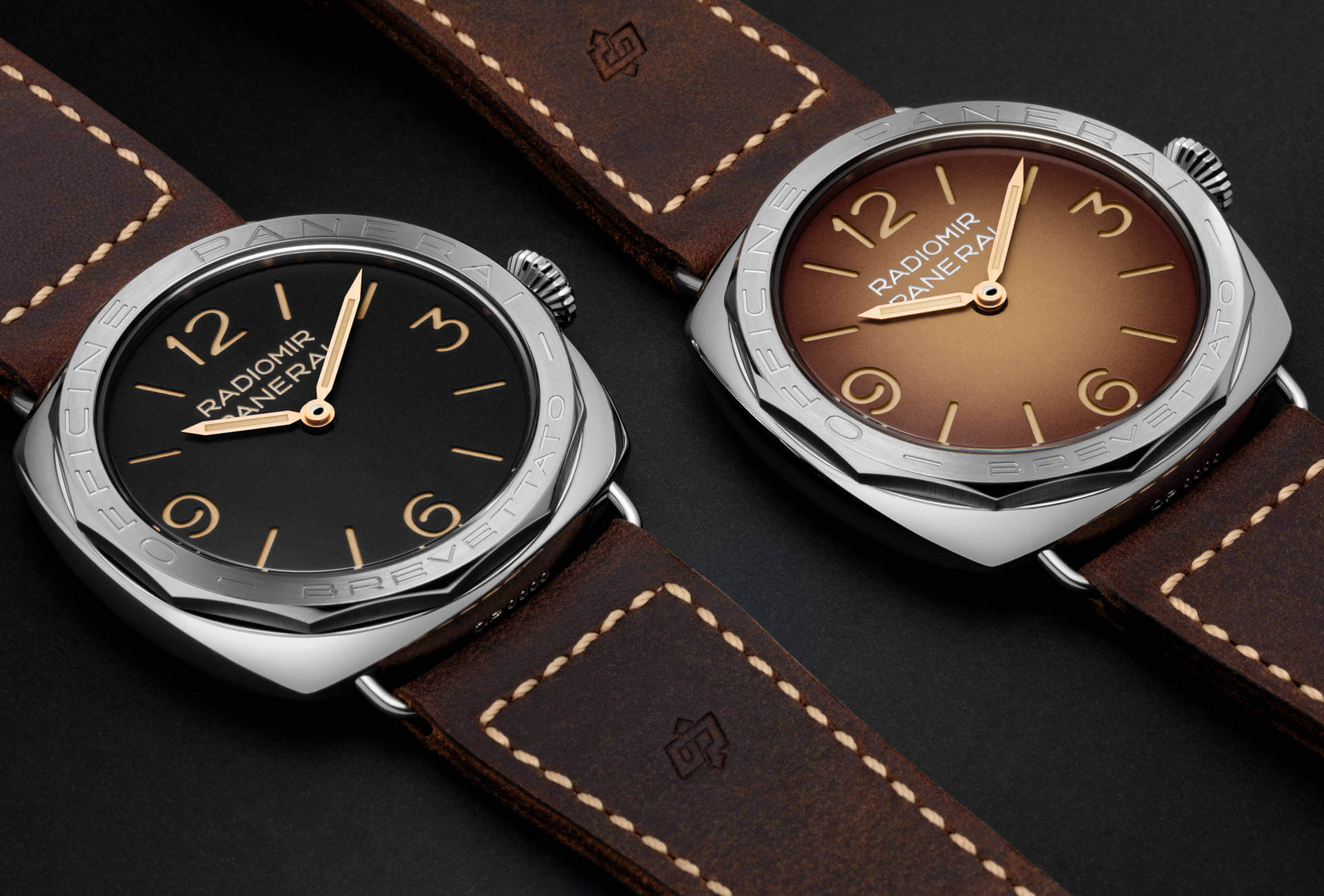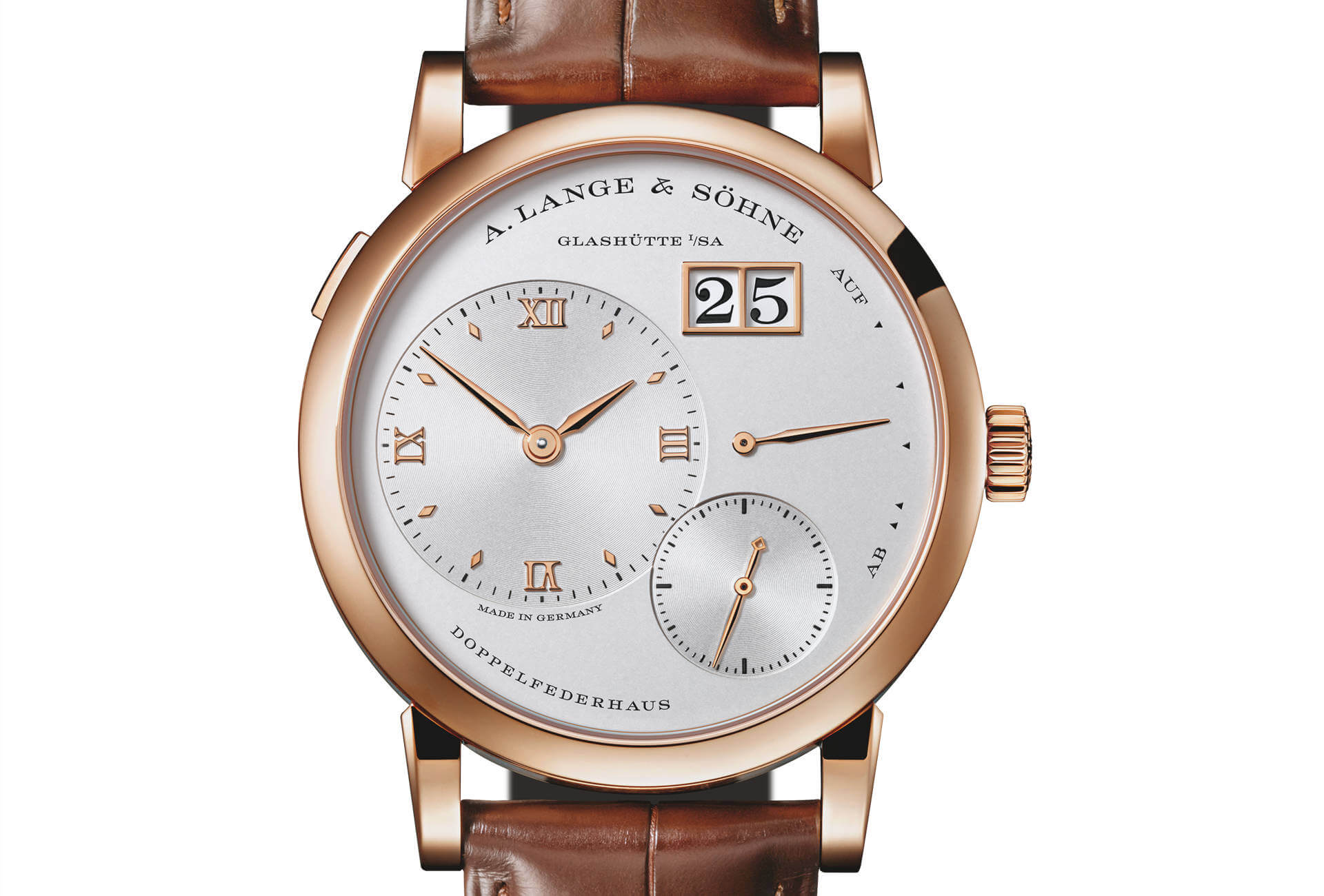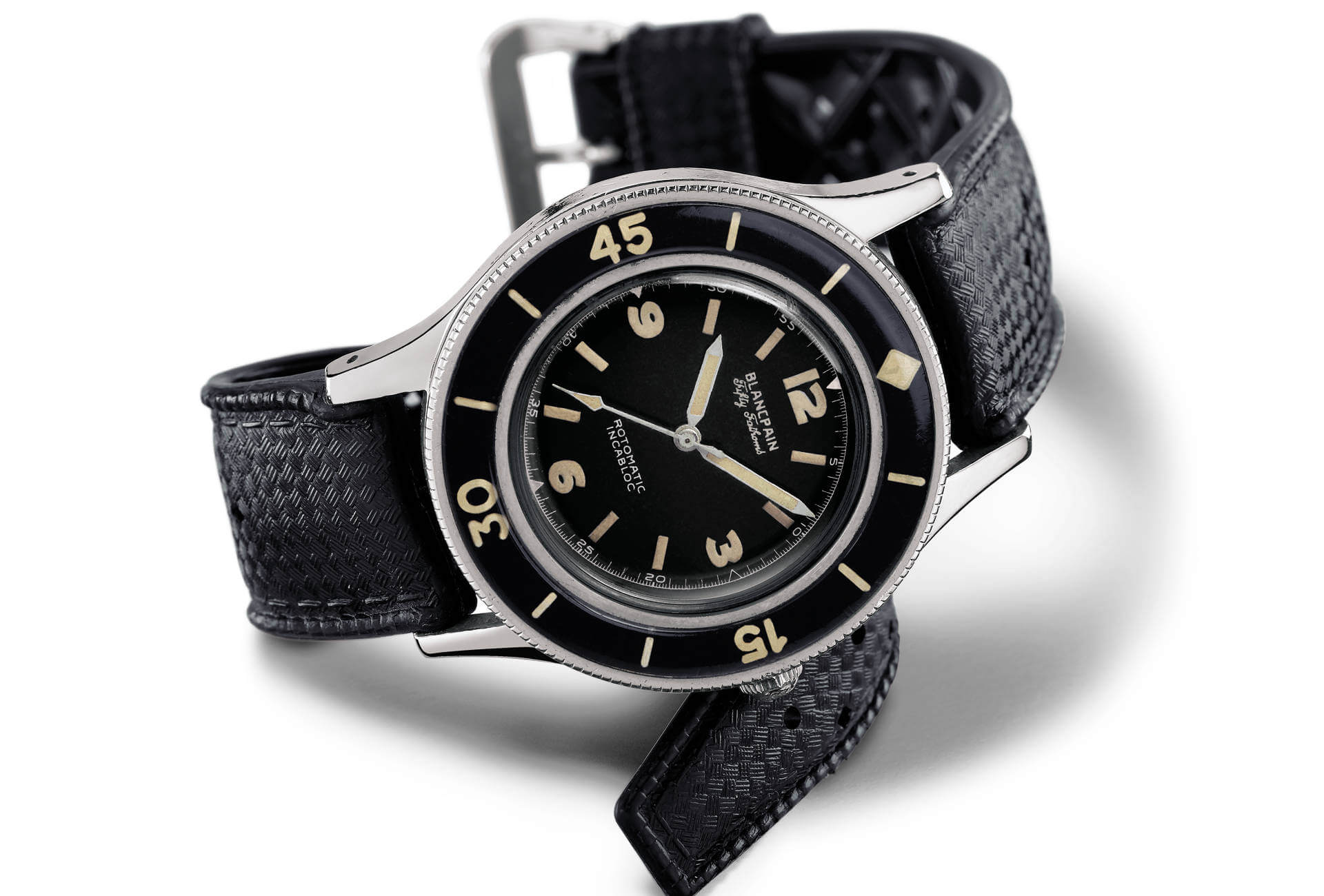The introduction in 1998 of the Altiplano was no ordinary launch, as Piaget was effectively creating a made-to-measure “vehicle” for the specialisation that had largely contributed to its success since 1957. Earlier that same year, the brand had been the talk of the Basel watch fair with its 9P calibre. At 9 lignes across – the standard unit of measure for diameters in the past – it claimed the title of world’s thinnest manual-winding mechanical watch. This feat of technique would pave the way for stylishly elegant men’s watches and, perhaps more unexpectedly, extraordinarily creative styles for women.
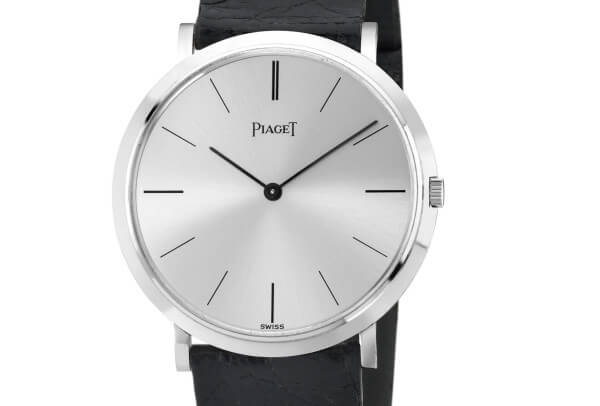
Until then, most ladies’ watches were fitted with two-tier movements. This reduced surface and weight but added an extra layer of thickness. Extra-thin was the cue to imagine larger watches without sacrificing the sought-after delicacy and lightness. Additionally, these larger watches gave designers new scope in which to express their ideas. A journalist writing for the Journal de Genève declared the launch of the automatic 12P in 1960 “a milestone in the history of watchmaking”. Never a truer word…
A landmark collection
The 9P and the 12P were a part of Piaget’s growing success for some four decades, before handing over to updated versions. The first of these was the manual-winding 430P, the debut model in a line of extra-thin watches that appeared in 1998. Piaget called this new collection Altiplano (“high plateau” in Spanish) after a mountainous region of the Andes that bears similarities to the area around Piaget’s birthplace of La Côte aux Fées in the Swiss Jura. Masculine or feminine, these Altiplano watches were distinguished by their extreme sobriety – slim bezels, profiled lugs, baton hands and hour-markers – and subtle design twists such as the concurrence of single and double markers or, on certain models, an off-centred small seconds dial. Since 2011, slender Roman numerals have provided an alternative in the women’s range.
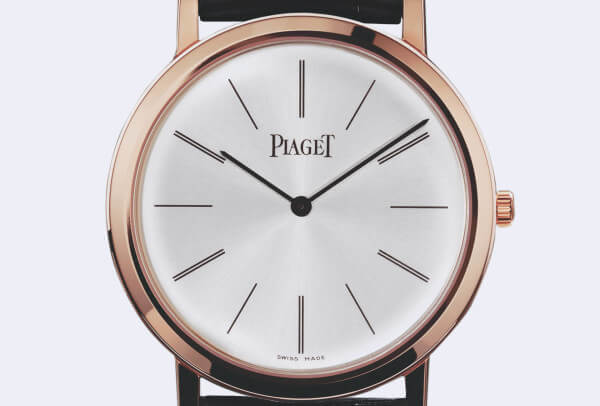
The uncontested masters of extra-thin, the watchmakers at Piaget have produced many other sterling renditions of the slimline timepiece. If not all then most have found a home within the Altiplano collection, which provided the ideal launchpad for the third generation of manual movements, the 830P family, in 2007. Piaget marked the event with the first Altiplano Double Jeu whose double hinged case appears, at first glance, to form a single – and still remarkably thin – whole.
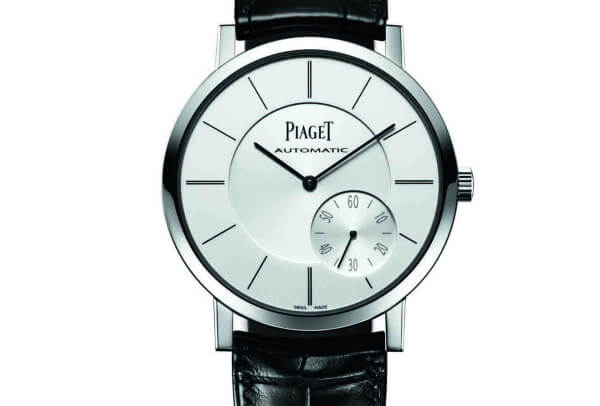
In the automatic department, the 1200P movement family appeared in 2010 to coincide with the 50th anniversary of the much feted 12P. This was Piaget’s chance to set not one but two records, for the thinnest movement in its category and, thanks to the Altiplano 43mm case, the thinnest automatic watch on the market. Piaget reiterated this double whammy the very next year with the launch of a gem-set version which, even with diamonds on the bezel, retained the same wafer-like profile.
The nec plus ultra-thin was achieved a year later, in 2014, thanks to the fusion of case and movement.
One good thing leads to another
And this was just the start, as more exploits accompanied the arrival of new functions and skeleton models. The first Altiplano with date display appeared in 2013; the first major complication – a flyback chronograph – in 2015. Piaget added more world-firsts to its scorecard with two openwork movements: first in 2012 and again in 2013. Fittingly for such a master of gem-setting techniques, the latter was distinguished by the lavish array of diamonds on the delicate tracery of the movement, including the functional parts.
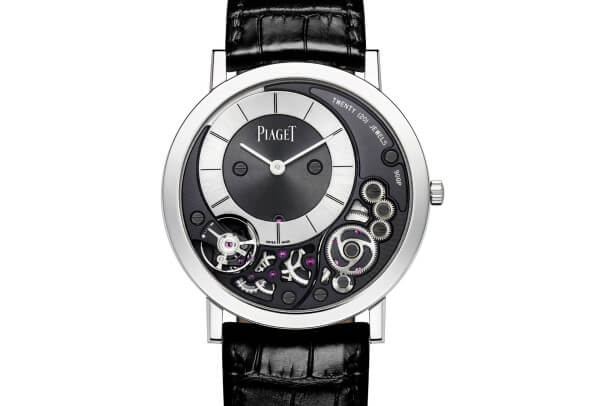
The nec plus ultra-thin was achieved a year later, in 2014, thanks to the fusion of case and movement. The case back of the thinnest mechanical watch ever made doubles as the mainplate, with the attendant inverted movement construction that positions the bridges on the dial side. The Altiplano 900P celebrated Piaget’s 140th anniversary with two nods to its history: an overt reference to the original 9P and, through a happy coincidence, a reminder of its mountainous namesake, as the watch’s 3.65-mm height recalls the 3,650-metre average altitude of the region. The cherry on the cake, this revolutionary timepiece has lent itself to two Fine Jewellery interpretations, with gem-setting on the case and dial as of 2014, and additional gem-setting on the movement in 2016.
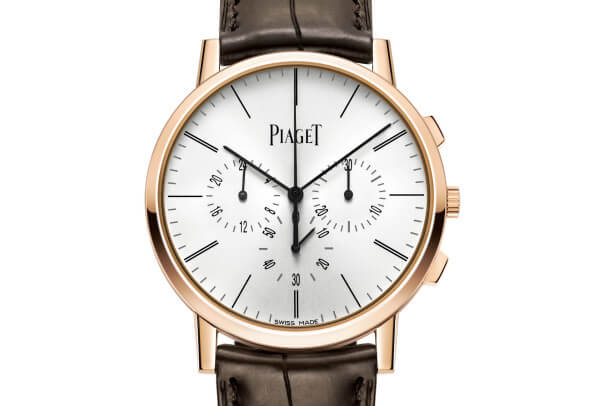
Last but not least, the Altiplano welcomed its first iterations on gold bracelets in 2015. Incredibly supple, their flowing line makes the perfect complement to the design of the case.
